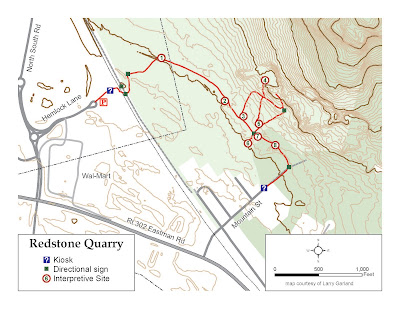Forget that today is tax day. Instead celebrate World Art Day!
According to the IAA, World Art Day celebrations help reinforce the links between artistic creations and society, encourage greater awareness of the diversity of artistic expressions and highlight the contribution of artists to sustainable development.
Art nurtures creativity, innovation and cultural diversity for all peoples across the globe and plays an important role in sharing knowledge and encouraging curiosity and dialogue. These are qualities that art has always had, and will always have if we continue to support environments where artists and artistic freedom are promoted and protected. In this way, furthering the development of art also furthers our means to achieve a free and peaceful world.
It is also an occasion to shine a light on arts education in schools, as culture can pave the way for inclusive and equitable education.
There is much to learn, share and celebrate on World Art Day, and UNESCO encourages everyone to join in through various activities such as debates, conferences, workshops, cultural events and presentations or exhibitions.
April 15 was chosen for World Art Day as it is also the birthday of Leonardo da Vinci, a symbol of world peace, freedom of expression, tolerance, brotherhood and multiculturalism.
DaVinci's Mona Lisa was used to promote the Conway Public Library's display and silent auction of local art.
FMI and to see all the 27 works of art in the auction see the link here.
The curious, but judgmental, chicken above is one of the paintings available through the silent auction which is being held to raise funds for our Teen Leadership Council. The auction is being held at the library until April 30 at 1pm so put your bid in early and often.
The paintings are on display in the circulation area stacks.
You can also see some important examples of earlier local art of the White Mountains on display at the Conway Public Library. An internet search for the keywords "mwvhistory art" here yields images of some of the artworks we have explored in previous blogs here.
Last night, Inez McDermott presented an excellent introduction to White Mountain art and artists as part of a lecture series hosted by the New Hampshire Historical Society in celebration of a temporary exhibit there. The lectures are being recorded for future research.
FMI see this link here.
Inez started her presentation with this painting by Winslow Homer entitled Artists Sketching in the White Mountains.
I argue that the view is from North Conway's Sunset Hill, now the site of the Red Jacket Resort. FMI see our previous blog here.
Inez also explained the important role that Benjamin Champney had in developing White Mountain Art. The Conway Public Library's Henney History Room offers a number of free outreach programs on White Mountain Art, some of which include examining some of the seventy plus items related to Champney in the collection of the Conway Historical Society including an artist's folding stool like the one seen in the painting above, Champney's brushes, sketchbooks, chromolithographs, vasculum, trade sign, painted firescreen, rocking chair and even his baby bonnet.
z







.png)





















.jpg)

